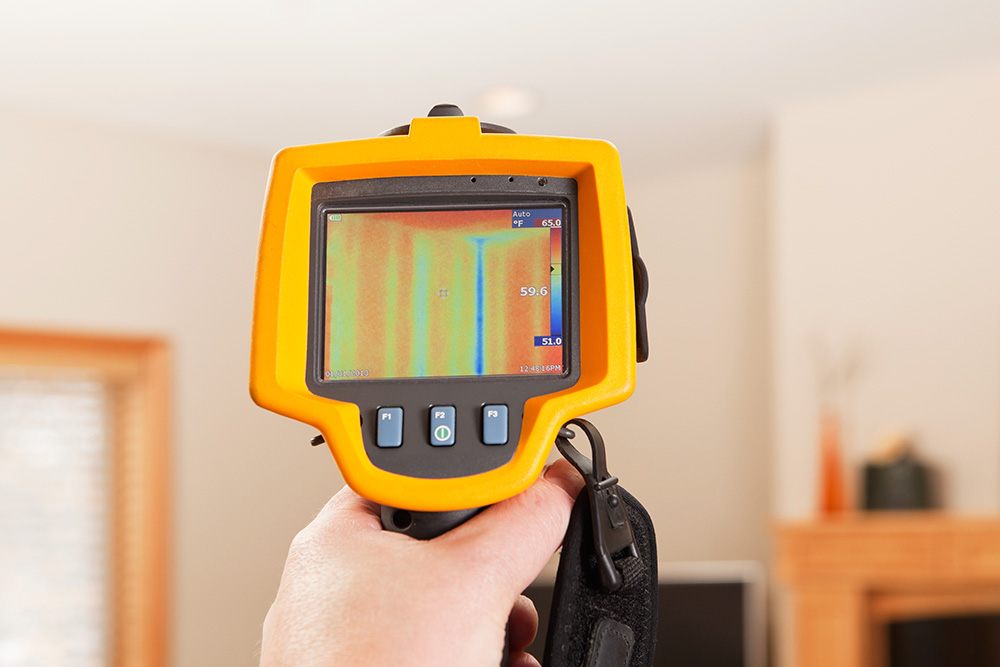By Grace Ficara
Running out of ideas on how to save money and energy? Cue the solar-powered light bulb flashing above your head!
Homeowners who make select energy-efficient changes to their home qualify for the Energy Efficient Home Improvement credit provided by the Internal Revenue Service. In order to qualify, the residence must be an existing home in the United States. Properties used solely for business do not qualify.
General contractor John Kidda of ReNew Home, Inc., helps homeowners with energy audits, which pinpoint the areas in a home using or leaking the most energy. Energy audits can be eligible for up to $150 worth of tax credit on a $500 audit.
The biggest energy user is heating and cooling, according to Kidda, with water heating and plug loads trailing behind.
Kidda was eligible for a tax credit after purchasing a heat pump for his home in North Carolina. He describes the process as easy. His accountant just requested documentation to make sure the heat pump met efficiency standards.
Kidda spent approximately $3,000 on his heat pump and was credited around $900 on his tax returns.
Credits are available from the Energy Efficient Home Improvement Credit and the Residential Clean Energy Credit. They can be used the year improvements are made. For improvements made in or before 2022, applicants should use IRS form 5695.
Additionally, the Inflation Reduction Act of 2022 allotted $8.8 billion for home energy rebates. Eligible homeowners can receive cash back on their energy-efficient home improvements. Every U.S state and tribe that wants to participate must apply for and be approved for funding through the Department of Energy, and then they can roll out their own programs. The DOE estimates these rebates will contribute to $1 billion saved annually on electric bills and will support over 50,000 jobs.
Home Efficiency Rebates are intended for homeowners taking comprehensive steps to reduce energy use. Projects that reduce home energy consumption by 20% or more will be eligible for up to $8,000 in savings – depending on household income and reduction of energy usage.
Home Electrification and Appliance Rebates are designed for updating equipment and appliances. Homeowners whose income is similar to or lower than the average household income in their area are eligible for up to $14,000 in rebates. Examples include saving up to $4,000 on electrical panels and $2,500 on electrical wiring, depending on your state and income qualifications.
Once a state has been approved, rebates should become available. As of April, New York is the only state that has been approved. Rebates have yet to roll out.
Related Articles
Latest News
Sorry, we couldn't find any posts. Please try a different search.

Leave a comment
Your email address will not be published. Required fields are marked *





